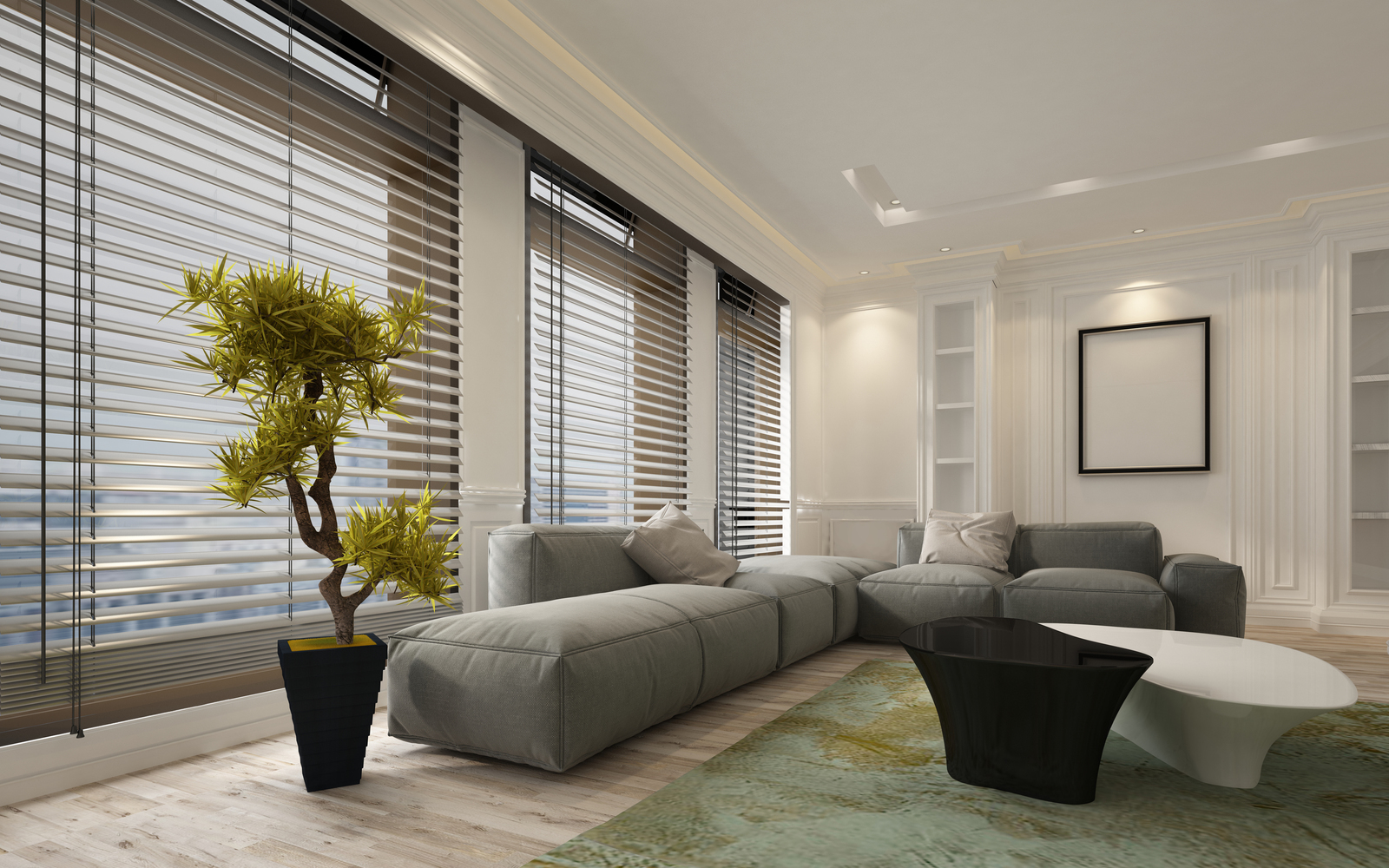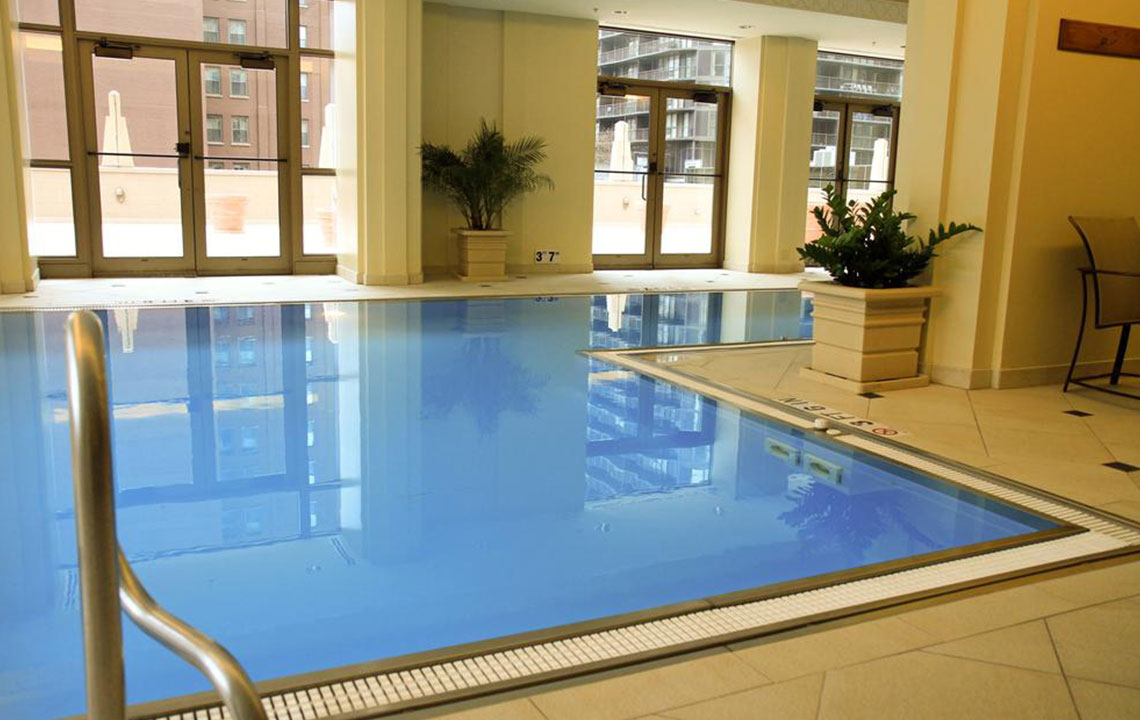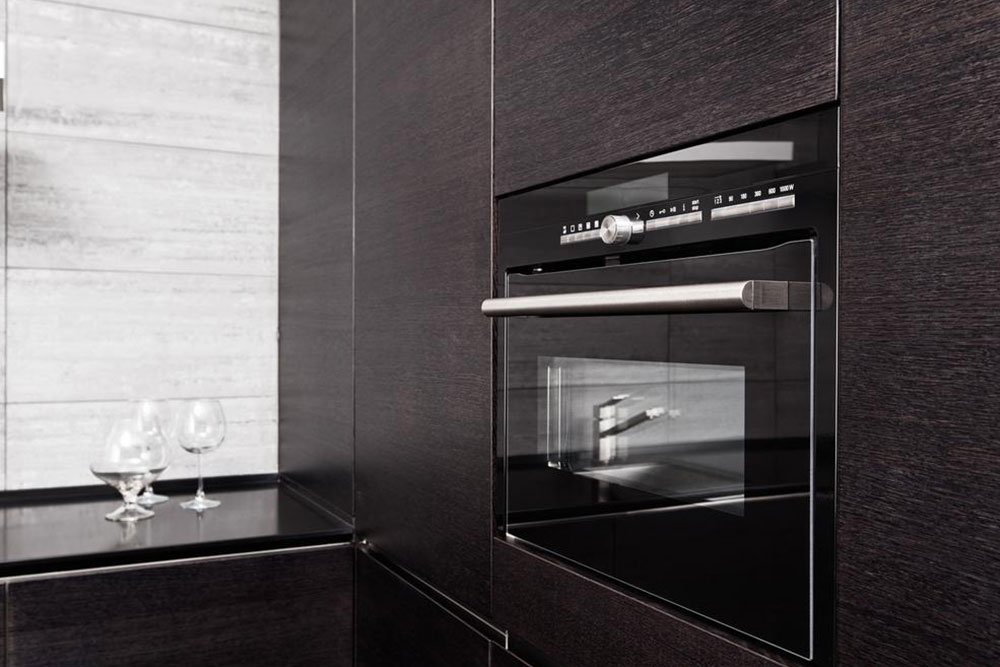Advantages and Insights into Modular Housing
Discover the advantages of modular homes, including their construction process, benefits over traditional houses, cost savings, and customization options. Learn how to identify these structures and what questions to ask when choosing a modular residence, making an informed decision for your next home project.

Advantages and Insights into Modular Housing
Understanding the Benefits of Modular Housing
A modular house is constructed in a factory setting, with finished sections transported to the building site for assembly. Also known as factory-built, system-built, or prefab homes, these structures are permanently anchored once assembled, and unlike mobile homes, they cannot be relocated easily. Modular homes adhere to strict building codes that often surpass traditional on-site standards. When exploring modular options, it's important to compare different manufacturers, as features and craftsmanship can vary significantly.
Most modular home producers utilize advanced engineering tools like CAD software. They can also build in crawl spaces or basements and design homes capable of withstanding high winds up to 175 mph. Though meant to be permanent, some modular structures can be disassembled and relocated, depending on design.
How Modular Homes Are Built
The process begins with building sections in a controlled factory environment.
These sections are then shipped to the site and assembled using cranes.
It's similar to stacking building blocks.
Once placed on foundations, these homes are fixed and not movable.
Are Modular Homes as Durable as Traditional Homes?
Not at all. Modular homes use the same high-quality materials as traditional houses.
In fact, their controlled factory environment often results in superior quality control.
After shipping, local builders assemble the homes following regional building standards, which are usually met or exceeded.
Cost and Time Efficiency of Modular Construction
Bulk purchasing in factories reduces material costs.
Weather delays are minimized since construction is inside a climate-controlled environment, lowering labor expenses.
Material wastage is reduced, and skilled labor enhances efficiency.
Once fabricated, parts are stored securely until assembly, eliminating wreckage costs.
Concurrent building processes accelerate project completion, reducing loan interest costs.
Important Questions When Considering a Modular Home
What is the price?
How does the cost compare to traditional construction?
Can I do some finishing work myself?
Is customization possible?
What exterior options are available?
Can I include a garage?
What foundation types are supported?
Are homes hurricane-resistant?
Is there a warranty?
Is financing straightforward?
Essential Facts About Modular Homes
Modular homes offer customization options.
They come in various designs and styles.
Adaptable for accessible living and future needs.
Regarded as eco-friendly constructions.
How to Identify a Modular Home
Look for small metal tags on exterior segments, inside cabinets, or closets, showing manufacturing details.
If tags are missing, check the electrical panel or small holes where labels should be affixed.
Tags include manufacturing dates.
Prefabricated homes are built on a non-detachable metallic chassis.
If tags are absent and holes are present, the home might be a permanent modular type.










